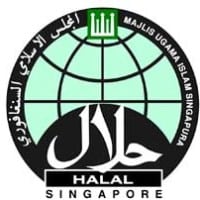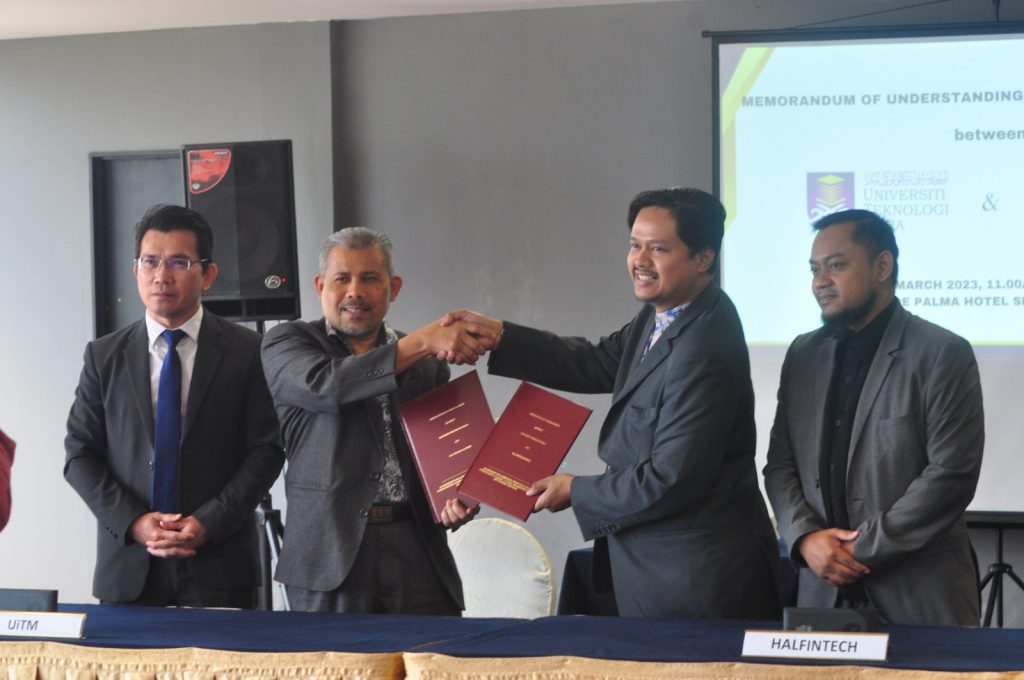By Tee Lin Say
linsay@thestar.com.my
The recent 6th World Halal Forum (WHF) held on the 4-5 April, premiered with a notable paradigm shift with the introduction of Halal 2.0 The Convergence of Islamic Finance and Halal.
The main theme of the event was to push for the convergence of two influential industries Islamic finance and the halal sectors into an integrated halal economy estimated to be now worth several trillion US dollars.
The key milestone was the unveiling of a first of its kind “Halal Food Index”, which will position halal as an asset class within the investment community.
Called the Socially Acceptable Market Investments (SAMI) Halal Food index, this index is anticipated to grow rapidly in tandem with the expansion of the halal economy.
This index is championed by Thomson Reuters Global head of Islamic finance & OIC countries Rushdi Siddiqui in cooperation with Ideal Ratings. It is backed by Thomson Reuters and supported by the WHF.
The SAMI Halal Food Index comprises over 200 companies listed in Muslim-majority countries with a total market capitalisation of over US$100bil.
“Looking at how the Dow Jones Islamic Index has grown, I foresee the SAMI index becoming a globally-recognised index even faster. Here, it’s easier to connect with the investors. Halal is not just about certification. It involves the whole production chain from farm to fork to finance. Even with a big sell-off in markets, the investor still needs to consume. The SAMI index is a consumer non-cyclical sector,” said Rushdi.
Containing over 200 stocks from six sectors with a market capitalisation of US$114bil, 95 of these stocks are from Malaysia.
The global halal food industry is estimated at US$661bil and growing at a rapid 20% per annum, driven by an increasing population and an under-served market.
Said World Halal Forum director Abdalhamid Evans: “We have taken the bull by the horns, and to steer the two syariah-based industries towards a holistic halal economy that includes all sectors, from farm to fork to finance. This convergence will make both industries stronger and give us a more resolute voice in the international business scene.”
Over the next four decades, world economic activity will triple from US$66 trillion today to around US$200 trillion, adding a further US$130 trillion of economic activity to engage with.
Over this same time period, the global population is set to grow by 2.5 billion, of which 70% will be born in Muslim countries, adding up to 1.7 billion new Muslims.
HSBS Amanah Malaysia Bhd chief executive officer Rafe Haneef said if the market was serious about moving towards a halal economy, a holistic approach had to be taken.
“This must involve the whole cycle. The whole chain has to be halal from production to financing,”
There was a general consensus among the panel speakers of the event that the emerging global halal market and its related industries of finance, food and travel needed to target new Muslim consumers.
Badly served and ignored, consumers are hungry for “halal”, but they still need to know what’s on the menu and why they should buy it.
There is an identifiable gap between the producers of halal goods and services and the way they connect to their customers. This is the “missing link” that television could respond to.
“Television has been the most successful medium in reaching out to a mass audience, but it has to be the right kind of television. While the X Factor’ in the United Kingdom can attract 68% of the audience on a Saturday night, Islamic channels are not even measuring their audiences,” said Gazelle Media managing Director Navid Akhtar.
He added that most Islamic television today had three distinct viewpoints: they were either state-controlled, promoting theological ideology or producing 24-hour news. None of these formats have the “X Factor” magic, which dictates the relevant content, builds engaged audiences and supports commercial activity.
“Can a dedicated halal television service, with Islamic values, targeted programming, and consumer education help engage audiences, promote halal industries and create new demand? If so, what would it look like? What kind of content does it need?” questions Akhtar.
Another important issue is to position halal values on the retail shelf. How can halal values translate to a wider audience successfully? Furthermore, how can halal values be defined amid increasing Islamophobia in the West.
“The answers lie in a number of factors that are relatively obvious adhering to clear and consistent standards of halal slaughter, improving quality standards to meet or exceed those in mainstream products, and identifying gaps in the market and opportunities that can be exploited,” said American Halal Company director Zahed Amanullah.
However, there are other factors that are more intangible, such as establishing a faith-based approach to food that meshes with universal values of ethics, sustainability and social consciousness that still need to addressed.



